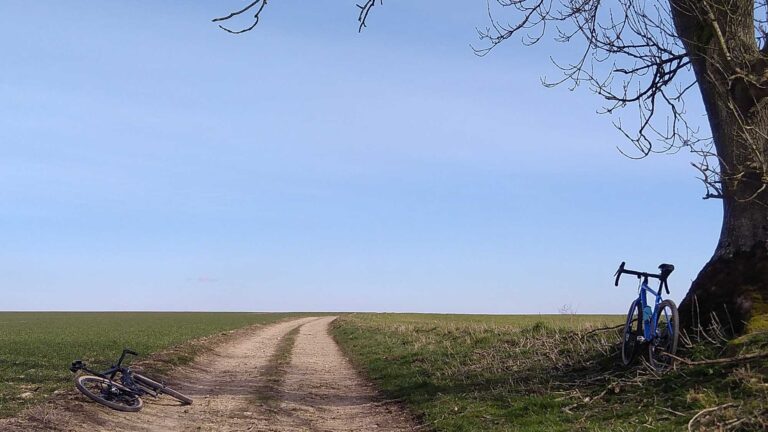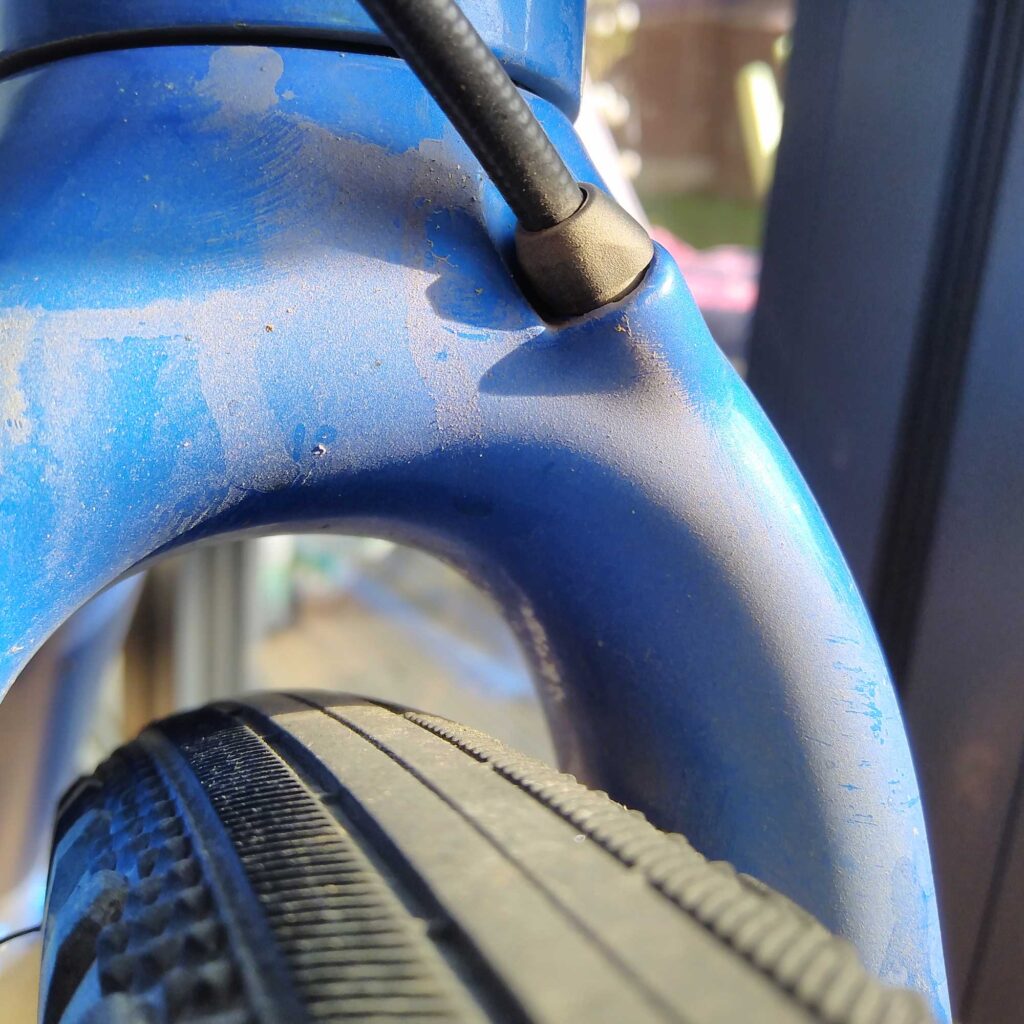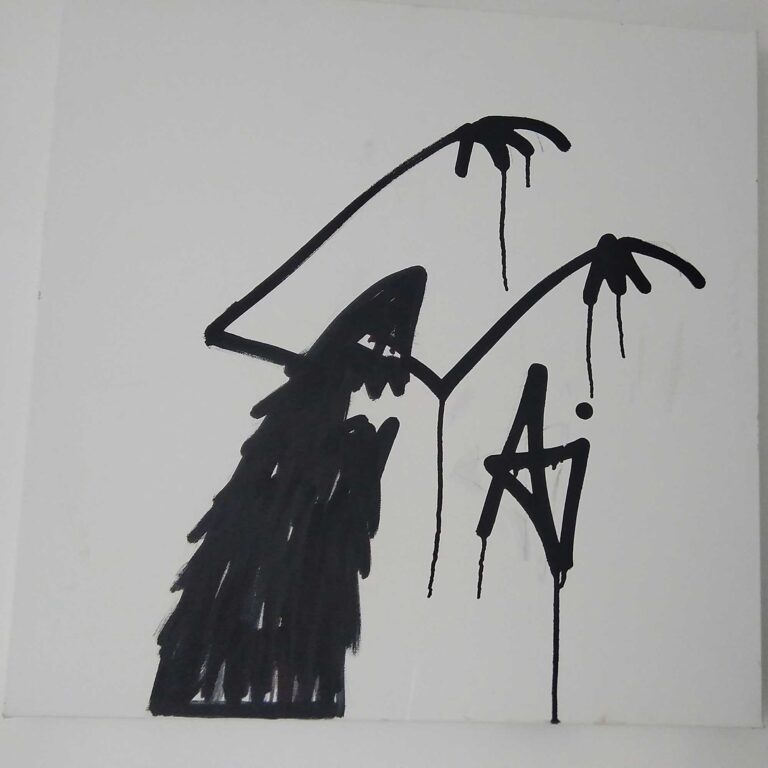| Facsimile
Phenomenology

Phenomenology is ‘the study of phenomena, things as they present themselves to, and are perceived in consciousness’ (Hockey, 2021). Husserl and Merleau-Ponty have described a way of seeing or perceiving the world through a first-person descriptive (often via narrative accounts) of what one senses. This philosophical approach places the world, as we live it and construct it, as a ‘sensorium’. In this way, experiences can be thought of in terms of intentionality (towards an object, or phenomena) and meaning (derived from its virtues). For instance, a rider might think about her bike (intentionality), consider what the bike is (components, moving parts, etc) and speak of it as how she feels riding it, or emotions or memories generated (meaning).
Phenomenology has been defined by Smith (2013) as ‘a study of structures of consciousness as experienced from a first-person point of view’. Hockey (2021) has outlined how researchers might participate in sport and record other participants and the researchers sensory data using a method of data collection called participant observation. Here then, through a phenomenological approach, is a way to look at and interpret ‘adventure cycling’. In essence, when one participates in adventure cycling, what qualia [sensory data] emerges? What meanings, feelings, emotions are produced and what senses are evoked and what interpretations can be generated?

I lift from the saddle to stop the impact. I loosen my grip on the hoods, relax my elbows and try and have little contact with the bike. Any part of me connected to the bike is connected to the terrain. My speed is transferred into the rocks which send force back into the bike and these are expelled through me. The terrain is rattling every part of me. My head is being shaken, I can feel my neck tensing. Every part of me is being rattled. My vision is being disputed, the violent shaking of my head means I cannot focus, I just try to get glimpses of what is coming, and look as far forward as I can. Instinct draws my view to the line I need to take, the smoothest, the fastest, the least dangerous. Experience has taught me that where you look is where you go. Seeing a large rock means you inevitably go over it. When I reach the bottom, a mix of emotions. First, orientation. My eyes adjust. I can see clearly. Tears stream from my eyes, clearing dust also. The wind had blasted my eyes which were strained open to see whatever I could. My back, hands and feet hurt. The back is stiff, so stand to straighten it. Hands are hurting and hot. Palms are red and angry looking. Feet, especially toes, hurt. Big toenail, left foot. Hurting a lot. I have snagged it on my shoe, Perhaps it is bleeding again? I am back to normal. 50 miles of this so far. Another 30 miles left.
Tomorrow I know which parts of me will hurt and how much they will hurt. I know the balls of my palms will have little feeling except for a soft tingling. These are now less sensitive from many years of cycling. This sport ‘hardens’ you in many ways. Sitting, shaken and battered for hour after hour stiffens, roughens and reduces sensations across the body parts. One or two days after a ride like this normal sensations return except for my palms. It seems that even with rest, they have less feeling. A sort of numb, dead area on each. With a finger I can feel more around the dead-spot, less in it. Putting this to one side, the trade off is worth it. What is gained mentally overshadows what might be lost physically. The risk of harm both during and after riding these events is surpassed by the intensity of sensory feedback gained whilst doing them.
[Sensory Data] “My field of perception is constantly filled with a play of colours, noises and fleeting tactile sensations which I cannot relate precisely to the context of my clearly perceived world, without ever confusing them with my daydreams” (Merleau-Ponty, 1962)


